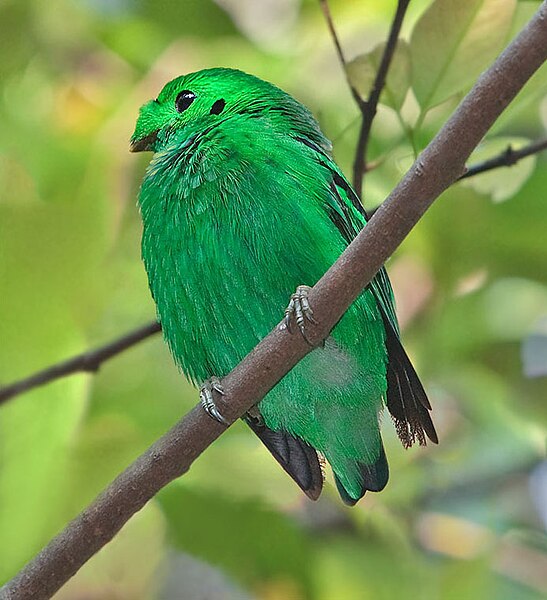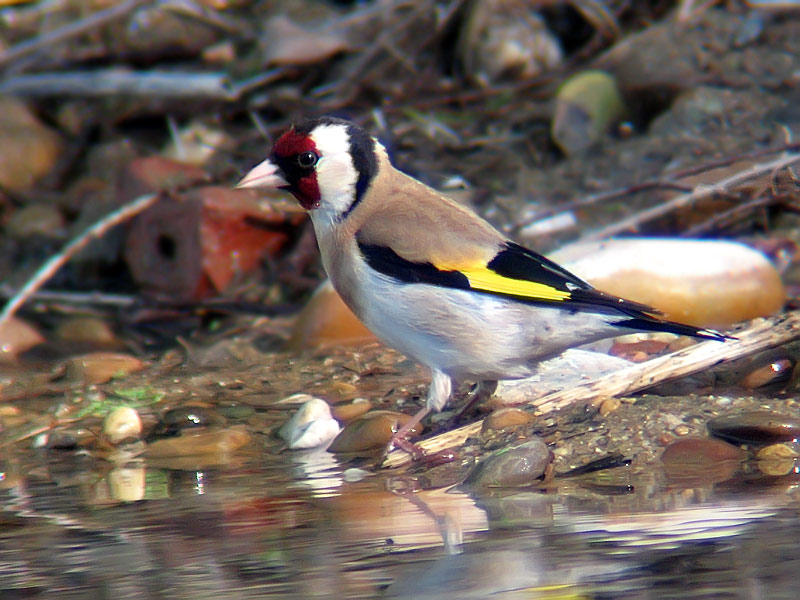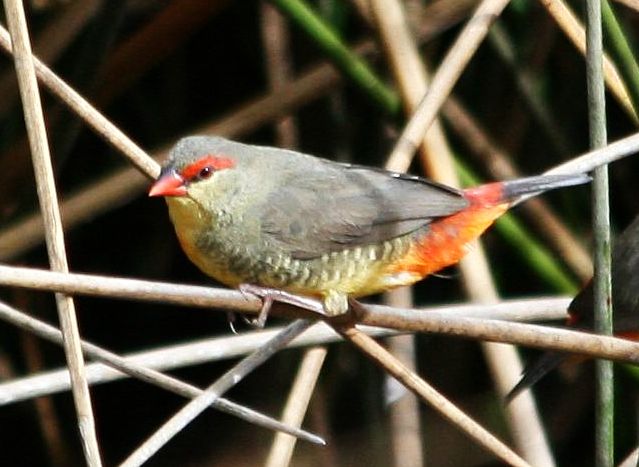 Uganda’s Bwindi Impenetrable National Park is best known as the last stronghold of the Mountain Gorilla. However, this troubled African wildlife paradise is also home to at least 43 finch species, many of which face a future as uncertain as that of the Mountain Gorilla. While most bird enthusiasts are aware of the problems facing Africa’s parrots (please see this article), the plight of the continent’s finches receives far less attention. Through birding trips and hands-on projects, the Rare Finch Conservation Group is working to change that situation, but it’s been a long, uphill battle.
Uganda’s Bwindi Impenetrable National Park is best known as the last stronghold of the Mountain Gorilla. However, this troubled African wildlife paradise is also home to at least 43 finch species, many of which face a future as uncertain as that of the Mountain Gorilla. While most bird enthusiasts are aware of the problems facing Africa’s parrots (please see this article), the plight of the continent’s finches receives far less attention. Through birding trips and hands-on projects, the Rare Finch Conservation Group is working to change that situation, but it’s been a long, uphill battle.
Troubles and Opportunities
The Rare Finch Conservation Group (RFCG) was formed in 2005, but has already made significant progress in addressing the problems that face Uganda’s finches. Mountain Gorillas act as “umbrella species” for the region’s wildlife – concern for them indirectly benefits many animals – but the RFCG believes that finches and other small birds deserve more direct conservation action. The organization is currently formulating a plan to study the needs of a locally-endangered bird, Shelly’s Crimsonwing. Read More »
 That Bird Blog – Bird Care and History for Pet Birds
That Bird Blog – Bird Care and History for Pet Birds



